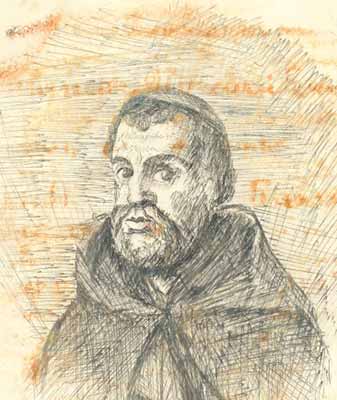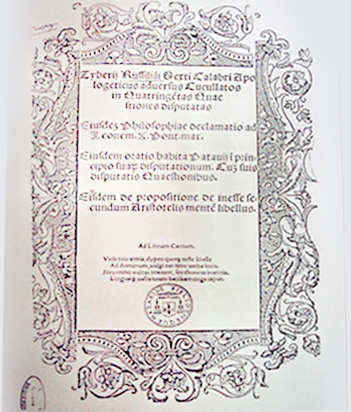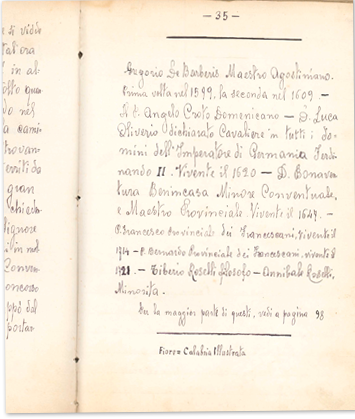Arezzo (Toscana). Durante el siglo XI de nuestra era: Don Pietro es el fundador de una familia poderosa, los Rosselli.
El escudo de armas que los distingue son las rosas rojas, quizás 3, 5 o 7 dependiendo de la época histórica y las muchas batallas en las que los hombres de esta familia se han distinguido.
Desde la ciudad toscana esta ilustre familia se expande por toda Europa incluyendo Englaterra, España y Mallorca. Alrededor del siglo XV, Bernardo Rosel, la rama Inglés, «desacoplado con grandes elogios de sus asuntos a Italia», se trasladó a Nápoles y allí, casado con Elonora Aleastri, aumenta su linaje. Uno de sus hijos, Don Vincenzo Rosselli, cuando murió su padre, se trasladó a Palermo. Y en este pasaje crucial de Nápoles a Palermo que se originó la descendencia de los Rosselli de Gimigliano. De esta rama ilustre se traza, en gran detalle, la línea dinástica que los personajes sólo han mencionado, conduce hasta la fecha. Se relatan la vida y obra de los más famosos, Hannibal y Tiberio Rosselli, en el siglo XVI, filósofos y escritores de renombre de muy importante trabajo filosófico; el camarero de honor de Benedicto XIV y Pío VI, Mons. Tiberio Rosselli, en el siglo XVIII, tiene tareas cruciales en la negociación entre los Estados Pontificios y el Reino de las Dos Sicilias, para resolver las tensiones inevitables entre los dos estados vecinos.
El tenutario Abate Rosselli en 1778 es Abate en el famoso Abbazia en Pesaca (Taverna, Catanzaro), de la que hoy todavía se pueden ver los restos. Se muestran, con imágenes detalladas, los documentos que constituyen el Archivo ROSSELLI y heredadas por estos personajes y que hoy los autores de este estudio querían sacar a la luz y dar a la visión y el estudio de quién va a ser atrapado por esta historia familiar milenaria.











